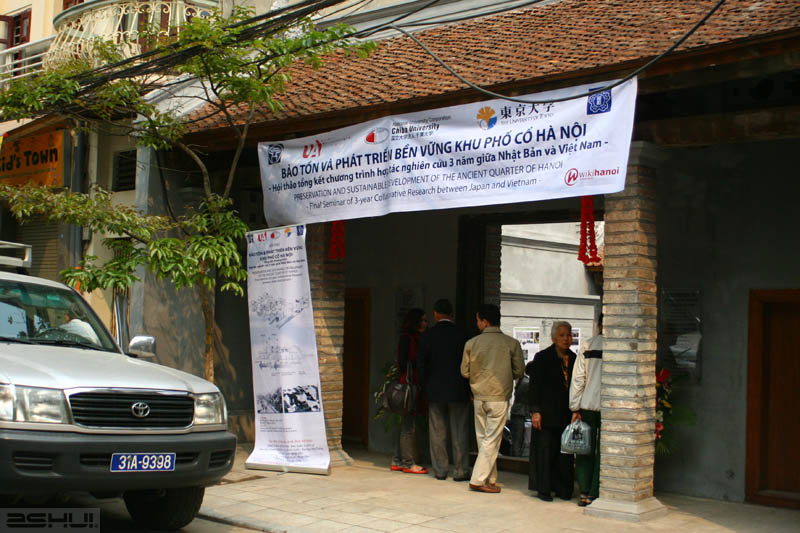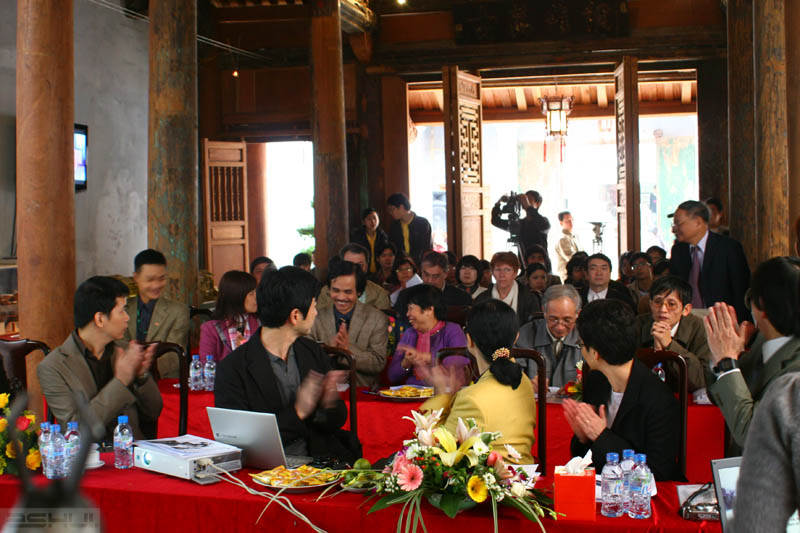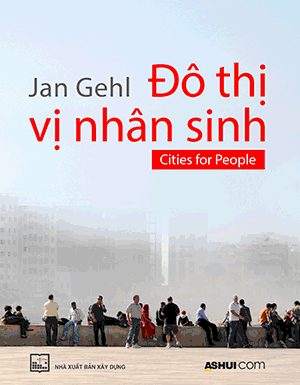The co-operation of residents is crucial to the successful preservation and sustainable development of Ha Noi's Old Quarter, participants at a seminar heard on Saturday.
Addressing the seminar held at the newly-inaugurated Old Quarter Culture Centre at 28 Hang Buom Street, vice director of the Urban Architectural Institute Dr Pham Thuy Loan said residents had to get more involved in restoration and preservation as authorities only had enough funds to restore and repair a fraction of the hundreds of homes in the Old Quarter.
"That's why co-operation between authorities, researchers and residents is a must," said Loan.

Seminar participants heard from Professor Fukukawa Yuchi of Japan's Chiba University about his country's experiences in the area.
Yuchi said Japanese authorities had found that only when residents themselves agree with restoration plans do these efforts have a good chance of succeeding.
"If households don't agree with the planned changes, it's impossible to turn theory into reality," he said.
"The interests of various families in a building may also conflict, so options that satisfied all parties were necessary when planning to restorations and repairs."
A three-year research project conducted by a group of Japanese experts indicated that the restoration of the Old Quarter had long been challenged by the interests of people living in the area.
Professor Ota Shoichi of the University of Tokyo said while the Vietnamese Government had devoted funds to restoration work, many residents had spent their own money repairing and expanding their houses.
"But often they do the work on their own, and this may ruin the architectural value of their houses" he said.
"So restoring these tunnel houses must be done with the consensus of the households and with technical contributions from experts, even though this is a tough job."

Vice chairwoman of the Hoan Kiem District's People's Committee Cao Bich Lan said the greatest challenge in preserving the Old Quarter was that the heritage and cultural values of the 1,000-year-old city were in one of the city's most vibrant and bustling areas.
Prof Yuchi said the restoration process must balance the old and the new.
"Most importantly, houses that have been expanded should not disrupt the streetscapes of the Old Quarter to ensure a sense of harmony," he said.
"We need to combine the old and the new, in that new houses must be in the old architectural style but can still provide for a modern lifestyle."
Prof Shoichi said not many houses in the old quarter featured traditional architecture and heritage that was totally intact.
"But most of the current houses are not totally new," he said. "The so-call Old Quarter is a combination of the traditional look and the changes in modern trends."
Prof Yuchi suggested than houses that were relatively old but not recognised as ancient houses should also be preserved as they reflected the different architectural styles of Ha Noi throughout different periods of time.

The Old Quarter covers an area of about 100ha, east of the ancient Thang Long Citadel, which is now north of Hoan Kiem District, according to the deputy head of the Ha Noi Old Quarter Management Board Pham Tuan Long.
"A total of 84,000 people live in the Old Quarter, making its population density one of the highest in the country," said Long.
"So ensuring living space for residents while preserving the Old Quarter is a tough challenge."
Long said the history of the Old Quarter reflects the development of the ancient Thang Long Citadel.
"This is also where diverse festivals, brought by businessmen from across the country who came to the citadel to set up their business, took place. These cultural values were then filtered and perfected to become the unique cultures of Trang An people," said Long.
The Old Quarter Management Board's statistics indicate the area still has 120 examples of tangible heritage and more than 1,000 ancient houses.
Long said the major projects underway in the Old Quarter include work on reducing population density in the area and restoration of houses and the general streetscape along Ta Hien Street.
— VNS - Photo: Ashui.com
- Hanoi’s old quarter is uneasy to decide what needs upgrading
- Controls needed for FDI projects using domestic capital
- SIG looks for its place in Danang’s sun
- Foreign firms dominate property consulting service
- Apartment office ban draws fire
- Hanoi to open citadel relic site to public
- Hanoi home prices out of reach
- Land heats up in Dong Nai, cools down in HCM City
- City department calls for strict control over State-owned land
- Low-income earners shun housing




























